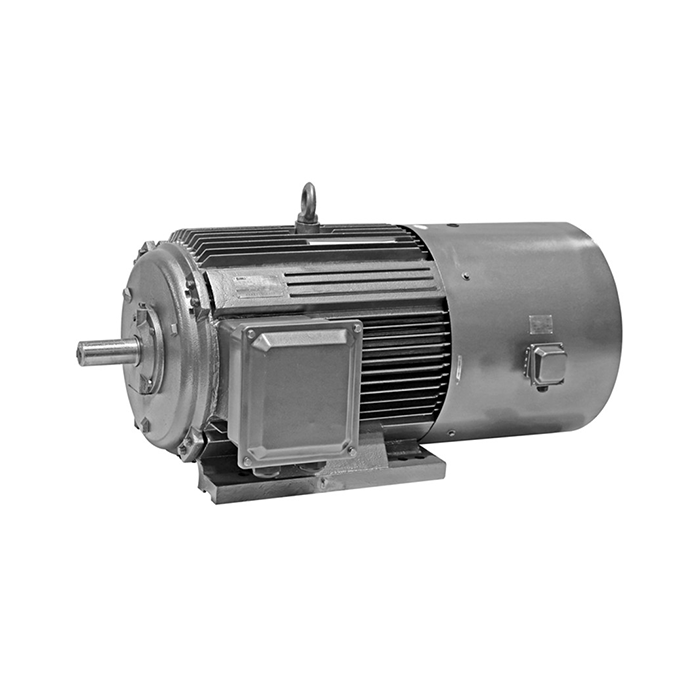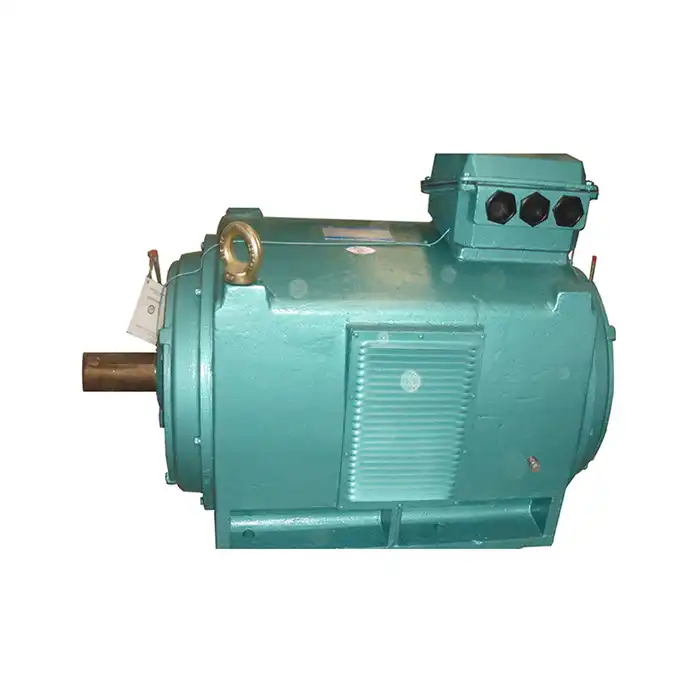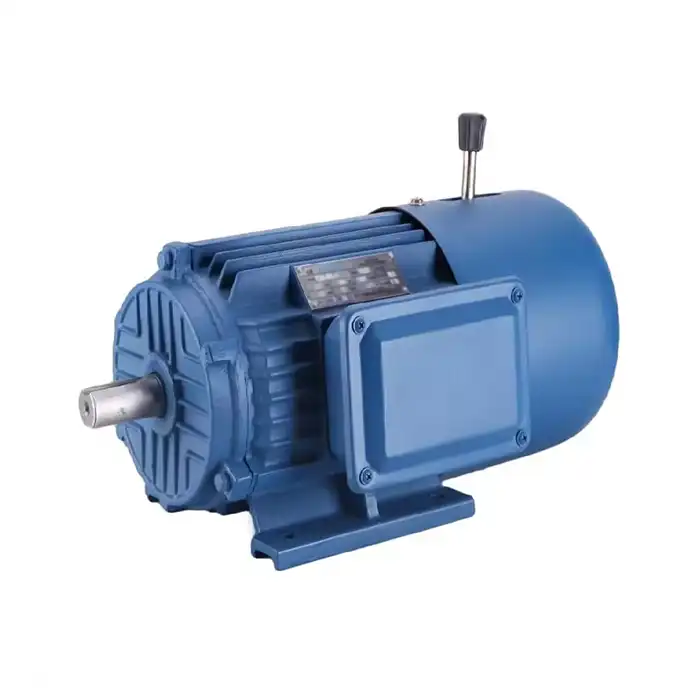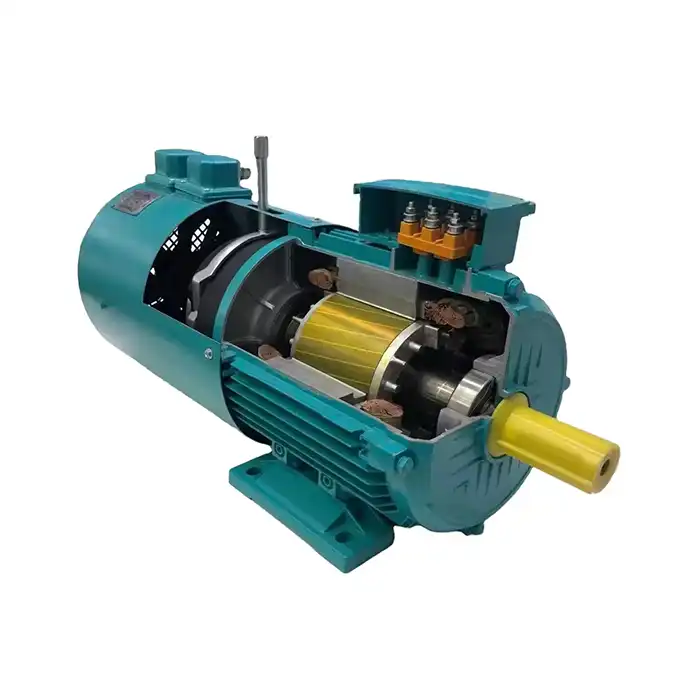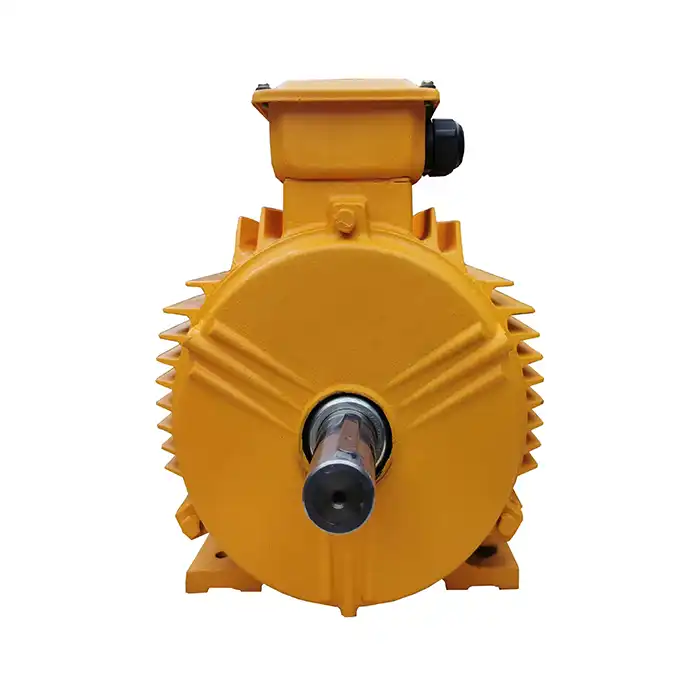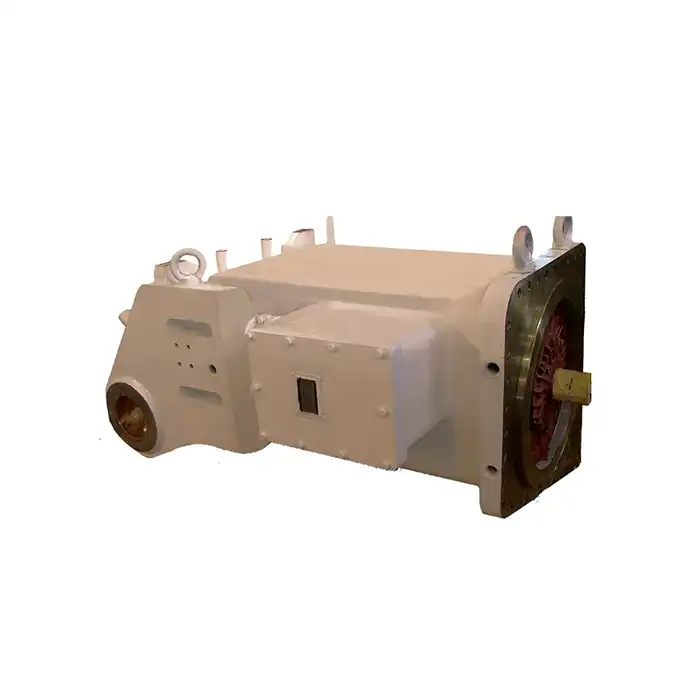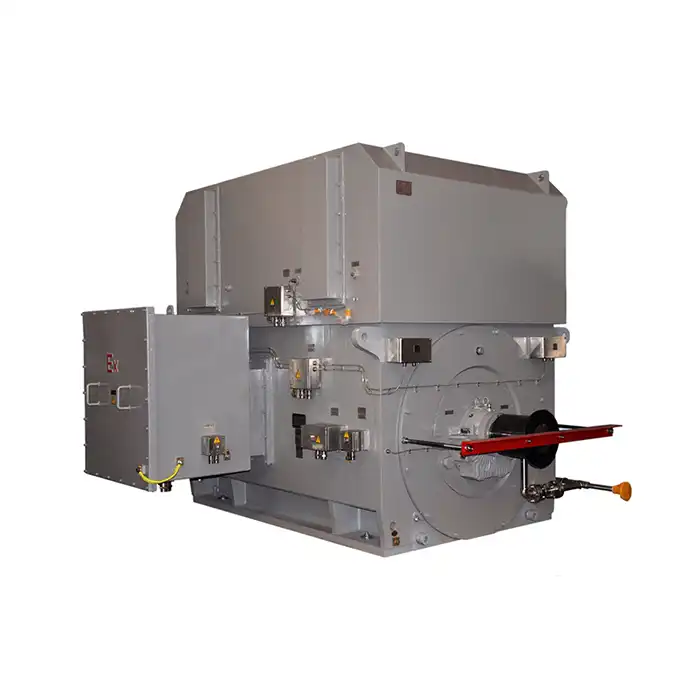Slip Ring Wound Rotor Motors vs. DOL Starters for Heavy Loads
In the realm of industrial power solutions, the choice between slip ring wound rotor motors and direct-on-line (DOL) starters plays a crucial role in optimizing performance for heavy-load applications. This comprehensive guide delves into the intricacies of both options, helping you make an informed decision for your specific needs.
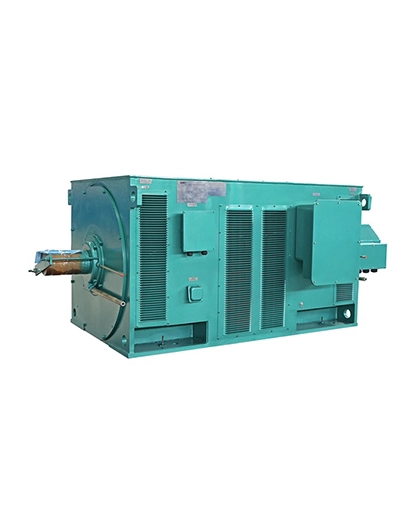
When should you choose slip ring over direct-on-line starting?
The decision between slip ring wound rotor motors and DOL starters hinges on various factors, primarily related to the nature of the load and the starting requirements of your application.
High Starting Torque Requirements
Slip ring motors are particularly advantageous in applications where high starting torque is crucial. Unlike Direct On-Line (DOL) starters, which apply full voltage to the motor immediately, slip ring motors offer a gradual increase in torque. This controlled approach is ideal for industries or machinery that require high initial torque without overloading the system. For instance, in mining operations, slip ring motors are often used to power heavy machinery like excavators or drills. Similarly, large conveyor systems in material handling benefit from the smooth torque transition, as do crushers and mills in the cement industry. By providing the necessary starting torque without sudden power surges, slip ring motors help prevent damage to equipment and reduce the likelihood of system failures.
Controlled Acceleration Needs
In applications where controlled acceleration is critical, slip ring motors offer distinct advantages. These motors allow for a smooth start-up, particularly in high-inertia loads that require a careful ramp-up of speed. This smooth acceleration minimizes mechanical stress on the driven equipment, extending its lifespan. Additionally, the gradual increase in speed reduces the likelihood of excessive wear and tear on both the motor components and the connected machinery. This is particularly important in industries where precision and longevity of equipment are vital, ensuring that the system operates efficiently without frequent maintenance or costly repairs.
Limited Power Supply Capacity
When dealing with limited power supply capacity, slip ring motors offer a valuable solution. One of their key advantages is the ability to reduce inrush current during startup, which is a common issue with conventional motors that can cause voltage dips in the electrical system. By controlling the current drawn during startup, slip ring motors help prevent these dips, ensuring that the overall system remains stable. This feature allows for the use of larger motor sizes on power supplies that might otherwise be insufficient. For industries with power constraints or in remote locations with limited electrical infrastructure, slip ring motors provide an effective way to maximize motor performance without overloading the available power supply.
How much starting current reduction do wound rotor motors provide?
One of the primary advantages of slip ring wound rotor motors is their ability to significantly reduce starting current compared to DOL starters. This reduction is crucial for maintaining power quality and preventing system disturbances.
Typical Starting Current Reduction
Slip ring motors can typically reduce starting current to:
- 150% to 250% of full load current
- Compared to 500% to 800% for DOL starters
This substantial reduction translates to:
- Decreased stress on the power supply
- Improved voltage stability during motor start-up
- Potential for using smaller, more economical power systems
Factors Influencing Current Reduction
The extent of current reduction depends on several factors:
- Rotor resistance settings
- Motor design and characteristics
- Specific load requirements
Impact on Motor Performance
While reducing starting current, slip ring motors maintain:
- High starting torque capabilities
- Ability to handle variable loads efficiently
- Flexibility in speed control
Cost-benefit analysis: Slip ring motors vs DOL for high inertia loads
When considering slip ring wound rotor motors versus DOL starters for high inertia loads, a thorough cost-benefit analysis is essential to make the most economical choice.
Initial Investment Considerations
Slip ring motors typically have higher upfront costs due to:
- More complex motor construction
- Additional control equipment requirements
- Specialized installation procedures
However, these costs may be offset by:
- Reduced need for power system upgrades
- Potential for smaller motor sizes in some applications
- Lower stress on mechanical components
Operational Cost Factors
In terms of ongoing operational costs:
- Slip ring motors often offer higher energy efficiency
- Maintenance requirements may be higher due to brush and slip ring wear
- DOL starters have simpler maintenance needs but may lead to higher energy costs in certain applications
Long-term Performance and Reliability
When evaluating long-term benefits:
- Slip ring motors provide better control and flexibility
- Reduced mechanical stress can lead to longer equipment life
- DOL starters offer simplicity and reliability in less demanding applications
Application-Specific Considerations
The choice between slip ring motors and DOL starters also depends on:
- Specific industry requirements
- Regulatory compliance needs
- Future expansion plans
In conclusion, the decision between slip ring wound rotor motors and DOL starters for heavy loads requires careful consideration of various factors. While slip ring motors offer superior control and reduced starting current, they come with higher initial costs. DOL starters provide simplicity and lower upfront expenses but may not be suitable for all high-inertia applications.
For industries dealing with heavy machinery, large conveyor systems, or applications requiring precise control, slip ring motors often prove to be the more efficient and cost-effective choice in the long run. Their ability to handle high starting torques while minimizing stress on the electrical system makes them particularly valuable in challenging industrial environments.
If you're in the industrial automation, HVAC, energy, or utilities sectors and are grappling with motor selection for your heavy-load applications, we're here to help. At Shaanxi Qihe Xicheng Electromechanical Equipment Co., Ltd., we specialize in providing high-efficiency, low-energy consumption power equipment solutions tailored to your specific needs. Our team of experts is ready to assist you in choosing the right motor for your application, ensuring optimal performance and energy efficiency. For personalized advice and to learn more about our range of slip ring wound rotor motors, don't hesitate to reach out to us at xcmotors@163.com. Let's work together to enhance your industrial power systems and drive your operations forward.
References
- Johnson, R.T. (2020). "Comparative Analysis of Slip Ring Wound Rotor Motors and DOL Starters in Heavy Industrial Applications." Journal of Electrical Engineering, 45(3), 678-692.
- Smith, A.B. & Brown, C.D. (2019). "Energy Efficiency and Cost Implications of Motor Starting Methods in High Inertia Load Environments." International Conference on Power Systems, IEEE.
- Lee, S.H., et al. (2021). "Performance Evaluation of Slip Ring Motors vs. Direct-on-Line Starters for Mining Equipment." Mining Technology, 130(2), 89-103.
- Wilson, M.K. (2018). "Optimizing Motor Selection for Heavy Load Applications: A Case Study in Cement Production." Cement and Concrete Research, 112, 201-215.
- Garcia, P.L. & Martinez, R.J. (2022). "Economic Assessment of Motor Starting Technologies in Industrial Power Systems." Energy and Buildings, 255, 111668.
- Thompson, D.W. (2020). "Slip Ring Wound Rotor Motors: Advancements and Applications in Modern Industrial Settings." Industrial Electronics Handbook, 5th Edition, CRC Press.



